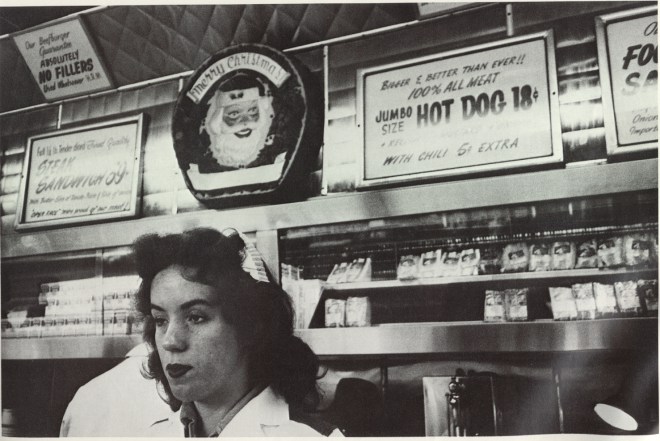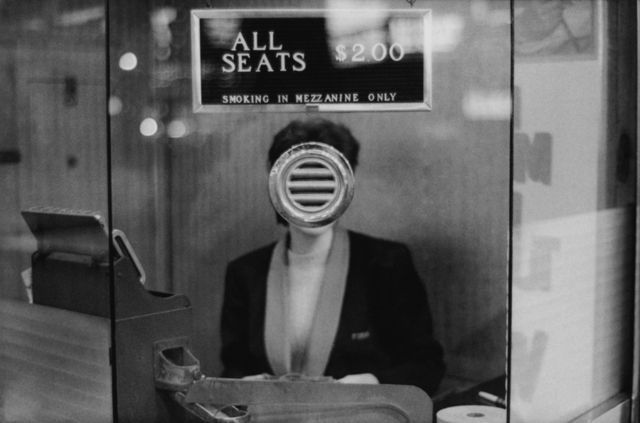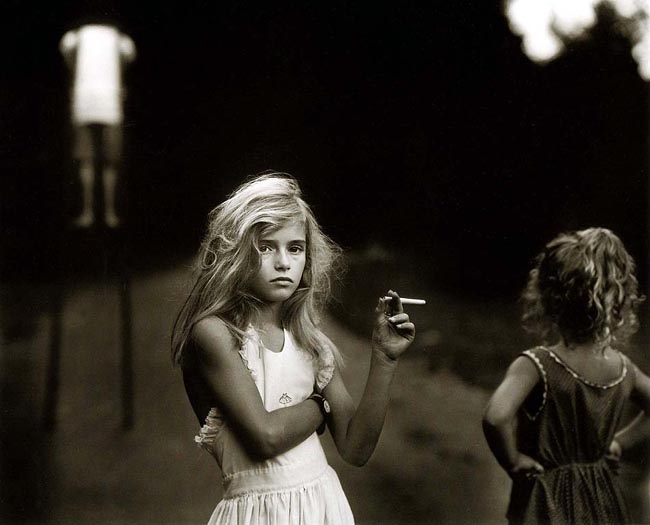On Thursday, I decided to create some photoshop edits of my paintings, which will hopefully inspire me to add text onto my work, to create an element of context to my work. As you can see below, have tried to display the “two sides to every story”, as I feel that it is important to remember that a photo doesn’t necessarily reveal the true emotions of one’ self, due to that fact that it is merely a snapshot of a split second. In the work below, I have tried to incorporate appropriate items, which represent the migrant crisis in Calais, as thousands of immigrants are attempting to sale over to start a new life. The most vulnerable affected in the crisis are children and I feel that the use of the life-jacket in my work is symbolic to the idea of clinging on to hope and of course; survival.
Below is a photo of my Fine Art teacher’s son called Noah. Before painting him big, I decided to add a African landscape to the backdrop, which I quite like and could be potentially suitable for when I add text.

In the past, I have created some partially- painted portraits, which I personally think, look effective as you can see below.
From creating the paintings above, I became inspired to use a different media to re-create something similar. Below are the early stages of an illustration using Adobe Illustrator. Personally I really enjoy using the programme, as there are so many different possibilities and outcomes,which can be fulfilled through using the variety of tools. I hope to develop this particular illustration, as I feel that it could have some potential and I want to bring it closer to my ideas about children and the contrasting dangers they face, depending on where they live.






































 I was also drawn to this caricature, by George Cooke as I liked how the artist had decided to add a tiny body, which adds more humour to the piece.
I was also drawn to this caricature, by George Cooke as I liked how the artist had decided to add a tiny body, which adds more humour to the piece.
















